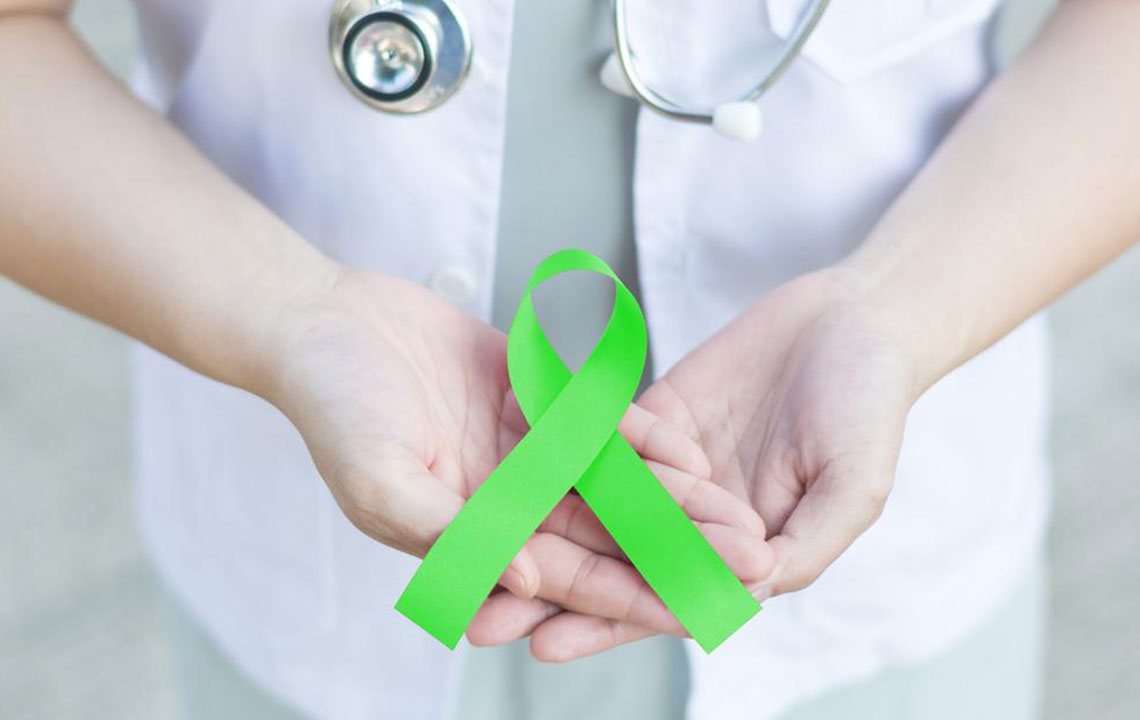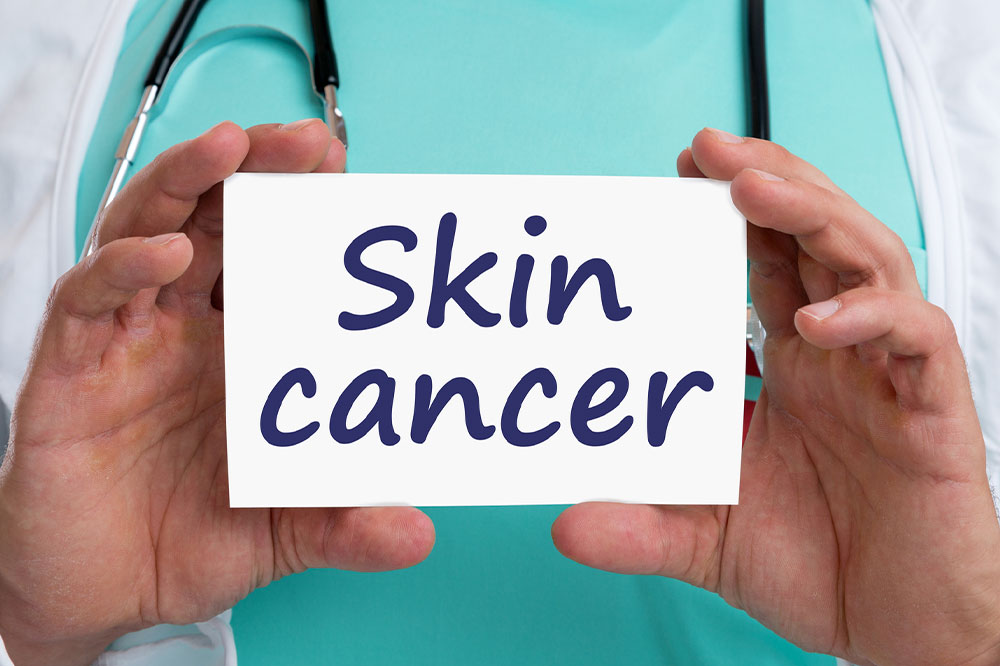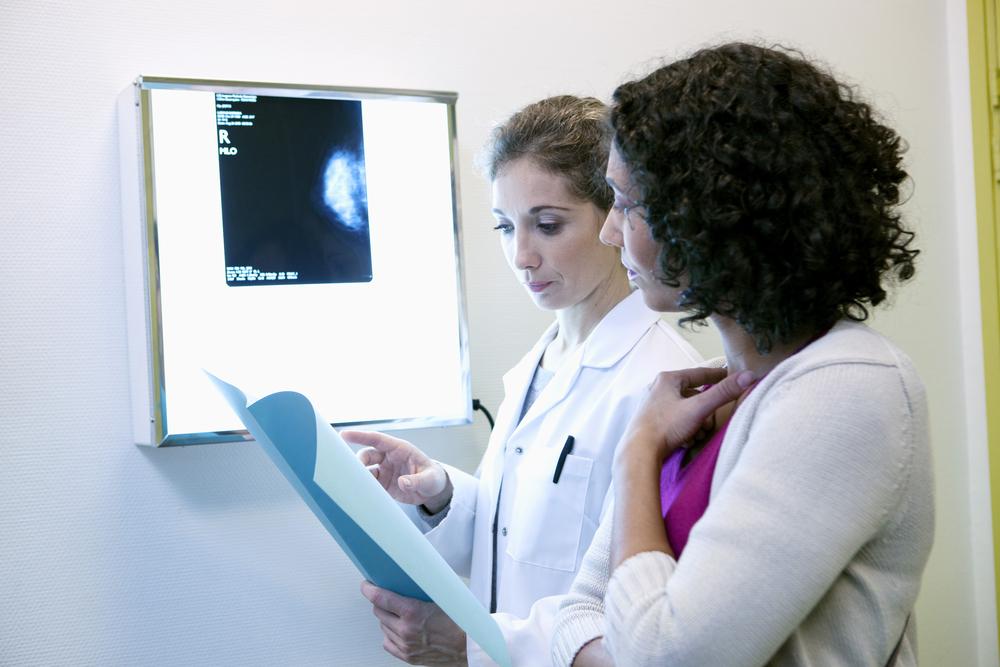Comprehensive Strategies to Lower the Risk of Non-Hodgkin Lymphoma
This comprehensive article explores effective strategies to reduce the risk of non-Hodgkin lymphoma, emphasizing lifestyle changes, early detection, and modern treatment options. It provides valuable insights into preventive measures and the importance of health awareness to combat this common lymphoma diagnosis.

Comprehensive Strategies to Lower the Risk of Non-Hodgkin Lymphoma
Non-Hodgkin lymphoma (NHL) is a complex and often aggressive type of cancer that originates from abnormal white blood cells known as lymphocytes. These cells are integral components of the lymphatic system, which plays a crucial role in the body's immune defense. NHL can develop in any part of the lymphatic system, including lymph nodes, spleen, thymus, and bone marrow, and it can spread throughout the body, making early detection and prevention vital for improved health outcomes. It is recognized as the most common form of lymphoma affecting adults worldwide, with a broad spectrum of subtypes that vary in behavior, treatment response, and prognosis.
This disease is characterized by the presence of abnormal Reed-Sternberg cells in some subtypes, though others do not contain these cells. The subtype determines the clinical course and treatment approach, ranging from slow-growing indolent forms to aggressive variants that require urgent intervention. Common symptoms include persistent fatigue, unexplained fever, drenching night sweats, unexplained weight loss, and swelling or lumps in the lymph nodes. Recognizing these symptoms early, along with prompt medical evaluation, is critical for diagnosing the disease at an earlier stage, which significantly improves the effectiveness of treatment.
Modern treatment modalities for NHL include chemotherapy—often involving multiple drugs tailored to the specific subtype—radiation therapy to target localized disease, stem cell transplants for suitable candidates, and targeted therapies that attack cancer cells with precision. In recent years, immunotherapy has emerged as a promising approach, harnessing the body's immune system to fight cancer more effectively. Occasionally, doctors prescribe high-dose medications or immune-boosting drugs to stimulate a patient’s immune response, especially in more advanced or resistant cases. Advancements in research continue to refine these therapies, aiming to improve survival rates and reduce side effects.
Although the exact cause of non-Hodgkin lymphoma remains unknown, several risk factors have been identified. These include genetic predispositions, exposure to certain environmental toxins, infections like Epstein-Barr virus or human T-cell leukemia virus, and immune system deficiencies. Lifestyle choices also influence risk; therefore, adopting healthy habits can play a crucial role in prevention. While a definitive method to prevent NHL has not yet been established, evidence suggests that certain interventions may help reduce the chance of developing the disease.
Key lifestyle modifications include practicing safe sexual behaviors to reduce infection risks, avoiding intravenous drug use and exposure to harmful chemicals, maintaining a healthy body weight, and following a nutritious diet high in fruits, vegetables, and antioxidants. Regular exercise not only supports overall health but also boosts immune function. Protecting oneself from prolonged exposure to environmental toxins, such as pesticides, herbicides, and industrial chemicals, may further lower risk. Additionally, limiting exposure to radiation sources and ensuring proper management of autoimmune conditions can contribute to reducing NHL risk.
Although no preventive vaccine exists for non-Hodgkin lymphoma, staying vigilant and proactive about health can make a significant difference. Routine medical checkups, early recognition of symptoms, and timely medical intervention are critical components in managing the disease's impact. For high-risk individuals—such as those with a family history or immune-compromising conditions—consulting healthcare providers for personalized prevention strategies is advisable.
Maintaining a healthy lifestyle, avoiding risky behaviors, and staying observant of early symptoms are essential strategies for managing non-Hodgkin lymphoma risk. Early detection, combined with a proactive approach through lifestyle choices and medical guidance, can significantly improve outcomes for those at risk or diagnosed with the disease, emphasizing the importance of prevention and early intervention in healthcare.





